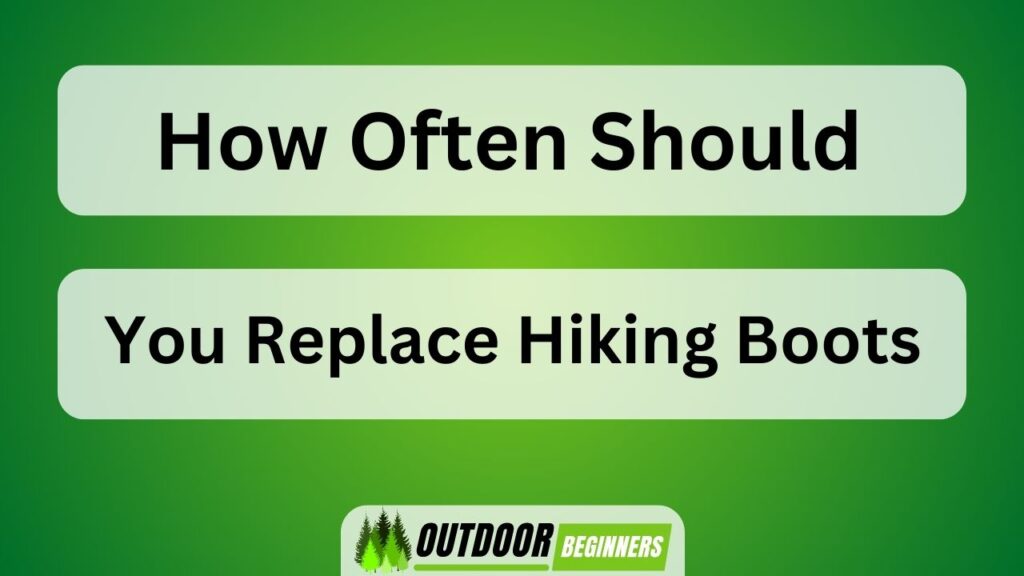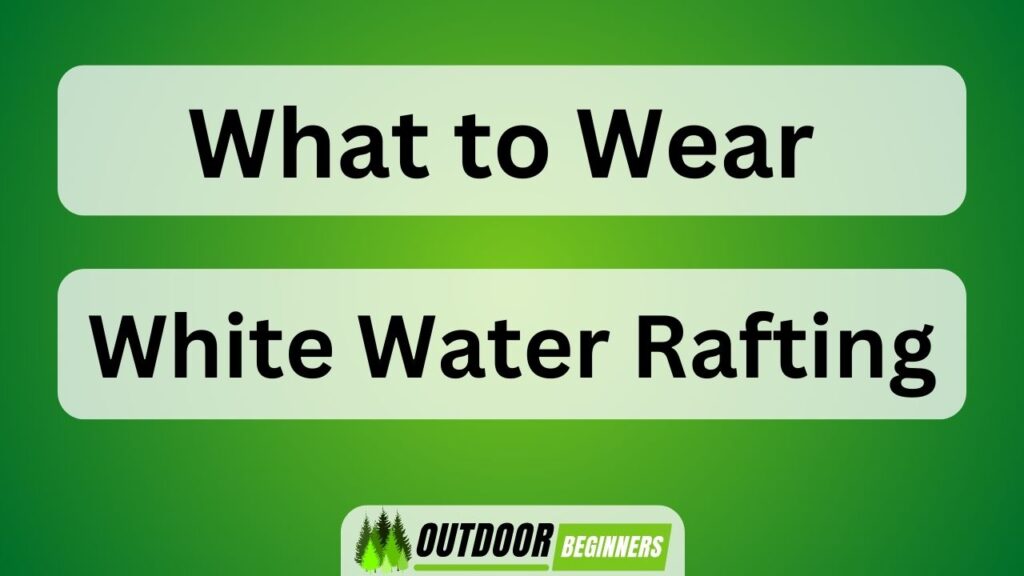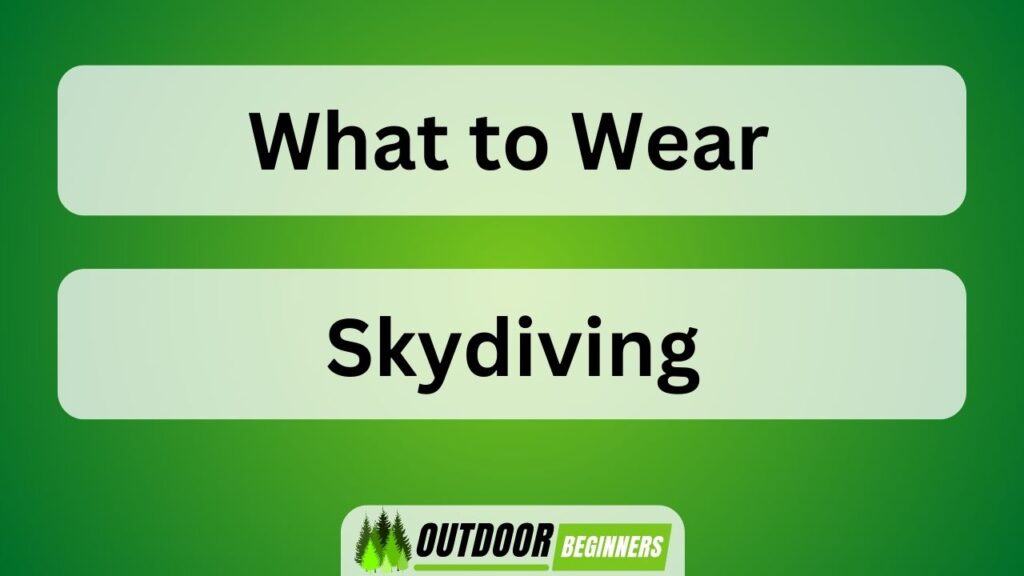Hiking boots, like any other footwear, endure wear and tear over time. The question of when to replace them is a matter of significance for hikers seeking optimal performance and foot protection.
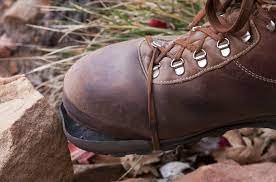
This article aims to explore the factors that should be considered when determining the lifespan of hiking boots. By examining signs of wear and tear, understanding the average longevity of such footwear, emphasizing proper maintenance practices, and providing tips on prolonging their life, hikers can make informed decisions about replacing their hiking boots.
Key Takeaways of How Often Should You Replace Hiking Boots
- The lifespan of hiking boots can be influenced by factors such as usage frequency, intensity, materials, and construction.
- On average, hiking boots can last between 500 to 1,000 miles of use, but this can vary depending on terrain type, weight carried, and weather conditions.
- Proper maintenance, including regular cleaning and allowing boots to dry properly, can prolong the lifespan of hiking boots.
- Regular inspection and evaluation of signs of wear and tear are important in determining when replacement is needed.
Factors to Consider
When considering the replacement of hiking boots, various factors must be taken into account. One crucial factor is choosing the right hiking boots in the first place. It is important to select boots that are suitable for the specific type of hiking and terrain you will encounter.
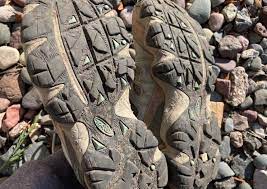
Different terrains can have a significant impact on the lifespan of your hiking boots. Rugged and rocky trails can cause more wear and tear compared to flat or groomed paths. Boots designed for rough terrains usually have more durable materials, such as thicker soles and reinforced stitching, which can extend their lifespan.
Additionally, exposure to water, mud, and extreme weather conditions can also affect how long your hiking boots will last. Therefore, when determining when to replace your hiking boots, it is essential to consider both the quality of your initial choice and the impact of terrain on their durability.
Signs of Wear and Tear
Evidence of deterioration and damage can be observed in the condition of hiking boots, indicating the need for potential replacement. Hiking boots are subjected to various environmental conditions and physical stresses that can contribute to wear and tear over time. Signs of wear and tear include:
- Sole erosion: The soles of hiking boots are designed to provide traction on different terrains. With time, the rubber may start to deteriorate, losing its grip and increasing the risk of slips or falls.
- Upper material damage: Continuous exposure to moisture, rough terrain, and friction can lead to tears or cracks in the upper material of hiking boots. This compromises their ability to protect against external elements such as water or debris.
- Cushioning degradation: The cushioning inside hiking boots provides comfort and shock absorption. Over time, it may flatten or lose its resilience, resulting in reduced support for feet and ankles.
To avoid common hiking injuries caused by worn-out boots, it is advisable to replace them when any of these signs become apparent. Additionally, purchasing new boots during seasonal sales or clearance events can offer cost savings while ensuring optimal performance on future hikes.
Average Lifespan of Hiking Boots
, the lifespan of hiking boots can be influenced by various factors such as usage frequency, intensity, quality of materials, and construction. On average, hiking boots can last between 500 to 1,000 miles of use. However, it is important to remember that this estimate is a general guideline and individual experiences may vary. Factors like terrain type, weight carried, and weather conditions can all contribute to the wear and tear of the boots.

Additionally, factors such as stitching quality, sole construction, and overall design can affect boot durability. Regular inspection and evaluation of the boots’ condition are important in determining when they need to be replaced. Proper maintenance also plays a crucial role in prolonging the lifespan of hiking boots beyond their average wear expectancy.
Importance of Proper Maintenance
Proper maintenance is essential for prolonging the lifespan of hiking boots. Neglecting regular upkeep can lead to premature wear and tear, reducing their overall durability and functionality. To ensure that your hiking boots remain in optimal condition, it is important to avoid common maintenance mistakes such as:
- Failing to clean them regularly: Dirt, mud, and debris can accumulate on the surface of the boots and within the crevices, causing damage over time.
- Not allowing them to dry properly: Moisture trapped inside the boots can lead to mold and mildew growth, which weakens the materials.
- Ignoring minor repairs: Small issues like loose stitching or worn-out laces should be addressed promptly before they worsen.
Regular cleaning offers several benefits including preventing odor, improving breathability, and maintaining waterproof properties.
How to Prolong the Life of Your Hiking Boots
Regular maintenance practices play a crucial role in extending the lifespan of hiking boots. Hiking boot cleaning techniques are an essential part of this maintenance routine. To clean your hiking boots, start by removing any dirt or debris using a soft brush or cloth. Use a mild soap and warm water solution to gently scrub away stains and dirt from the surface of the boots. Avoid using harsh chemicals or abrasive materials that could damage the boot’s material.

After cleaning, make sure to thoroughly dry your boots before storing them. Best practices for hiking boot storage involve keeping them in a cool, dry place away from direct sunlight. It is recommended to store them in a well-ventilated area to prevent mold and mildew growth. Additionally, stuffing the boots with newspaper can help maintain their shape while they are being stored.
Frequently Asked Questions
Can I Use My Hiking Boots for Other Activities Besides Hiking?
Hiking boots are primarily designed for hiking activities, but they can also be used for other outdoor activities such as running or rock climbing. However, it is important to consider the specific requirements and conditions of each activity before using hiking boots.
Are There Any Specific Types of Socks I Should Wear With My Hiking Boots?
When considering the question of specific types of socks to wear with hiking boots, it is important to consider different materials for hiking socks and tips for preventing blisters while hiking.
Can I Repair My Hiking Boots Myself or Should I Take Them to a Professional?
When considering DIY hiking boot repairs versus professional services, it is important to weigh the benefits of each. While some individuals may possess the skills and resources for DIY repairs, others may prefer entrusting their boots to professionals for more comprehensive and reliable results.
Is It Necessary to Break in New Hiking Boots Before Going on a Long Hike?
The breaking in process of new hiking boots is often recommended before embarking on a long hike. This allows the footwear to conform to the wearer’s feet, reducing the risk of discomfort, blisters, and injuries. The benefits of breaking in new hiking boots include improved fit and increased durability.
What Should I Do if My Hiking Boots Get Wet During a Hike?
When hiking boots become wet during a hike, it is important to dry them properly to prevent issues such as blisters. Some effective drying techniques include removing the insoles and laces, stuffing the boots with newspaper, and allowing them to air dry.
Conclusion
In conclusion, it is crucial to take into account various factors when determining the frequency of replacing hiking boots.
Recognizing signs of wear and tear is essential in ensuring optimal performance and safety during outdoor activities.
While the average lifespan of hiking boots can vary depending on usage and quality, proper maintenance plays a significant role in prolonging their longevity.
By implementing effective care practices, individuals can extend the life expectancy of their hiking boots, thus maximizing their investment and enhancing overall outdoor experiences.
